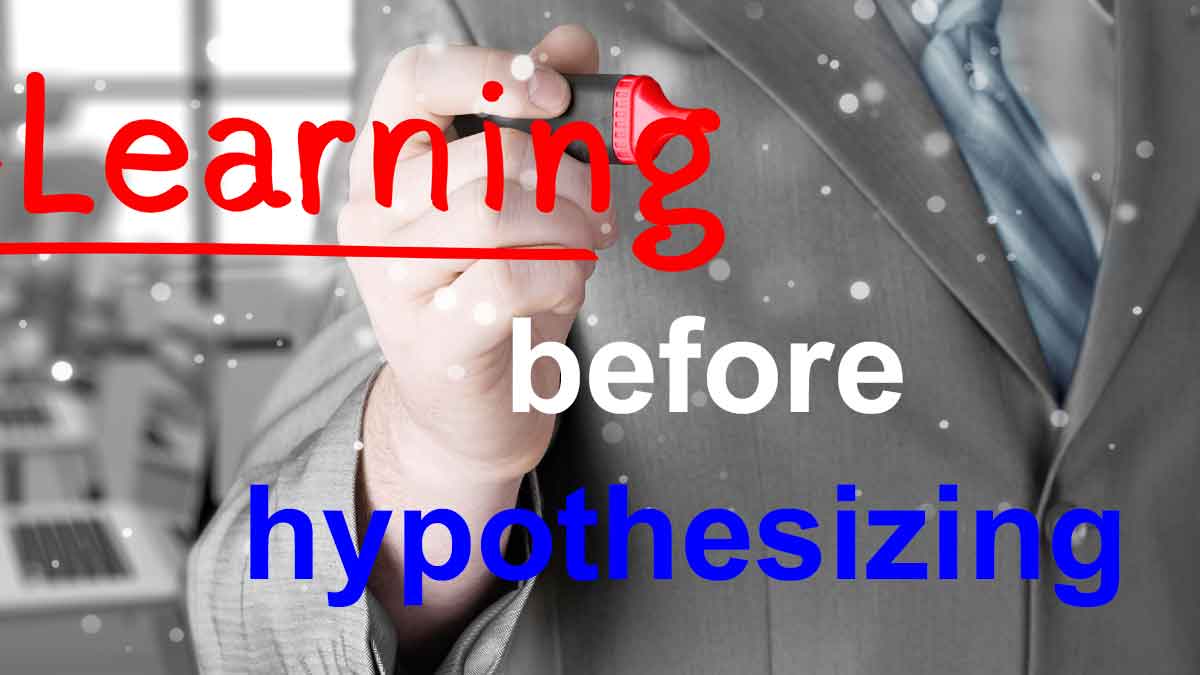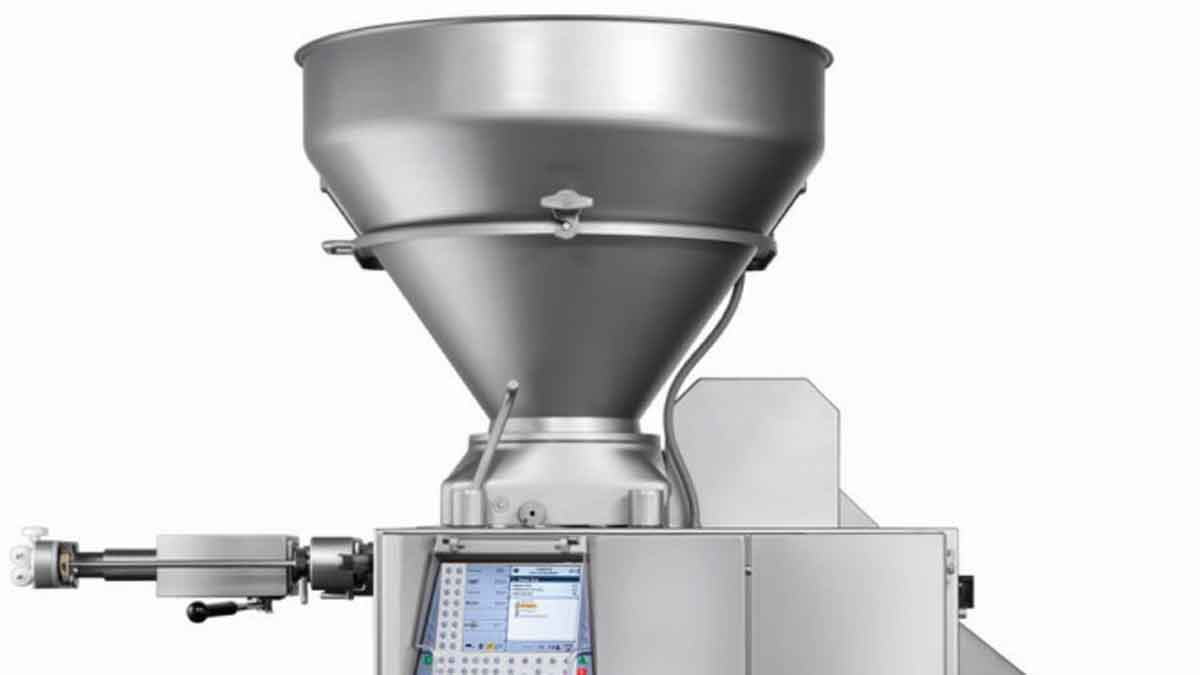Companies that want differentiated products often behave the same as competitors. They can’t say, “Our R&D staff is 20% smarter than competitors’, so our products usually win.” But they could win by understanding customer needs better than competitors… letting them “aim” their R&D brainpower much better. Be different to differentiate.
More in article, Do You Really Interview Customers?
Technology development is science-facing and converts money into knowledge. Product development is market-facing and converts knowledge back into money. Both are critical, but don’t confuse them. And never do any product development until you have quantified, unbiased, unfiltered data on customer needs.
More in white paper, Timing is Everything (page 6).
In many areas of life, there’s the “old way” and the “new way.” Does your company still develop “hypotheses” internally, and then meet with customers to validate them? This can lead to confirmation bias for you and stifled yawns for your customers. In the “new way,” you start by uncovering customer needs, not by internally “ideating” your solutions.
More in article, Give your Hypothesis the “Silent Treatment” (Originally published in B2B Organic Growth newsletter).
The “Build-Measure-Learn” cycle in Lean Startup begins with a hypothesis, and is great for B2C. End-consumers can seldom tell you what will amuse them or increase their sense of self-worth. But knowledgeable B2B customer can predict their desired outcomes. So start with a “Learn” pre-step. Customers will tell you all you need if you know how to ask.
More in white paper, Lean Startup for B2B (page 3).
Picture this: A customer tells your sales rep what they want, who hands it off to your R&D. This clever customer tells your competitors the same thing. Terrific. If more than one supplier crosses the finish line, you can forget any price premium. Try this: You choose the race conditions by targeting an attractive market, and exploring its needs better than competitors.
More in article, Are You Squandering R&D Resources?
It’s risky to incrementalize… but “great hope” projects often absorb huge resources and end with a whimper. What’s the answer? Get out more. Spend more time in customers’ worlds to reduce commercial risk. And reduce technical risk through open innovation, tapping into external technologies. You can’t thrive today without external insight. (Hmmm… “exsight”?)
More in article, The Commodity Death Spiral (Originally published in B2B Organic Growth newsletter).
If you’re asked to cross an unfamiliar chasm, would it be risky? Hard to say. Until you learn if you’ll face a bridge or a tightrope, you can’t assess risk (probability). You’re just uncertain. Many companies fear risk in an unfamiliar market, when they should map out a plan to reduce uncertainty. This is especially easy to do in B2B markets.
More in white paper, Innovating in Unfamiliar Markets (pages 2-3).
Steve Jobs quoted Henry Ford, who said, “If I had asked people what they wanted, they would have said faster horses.’” But these men were end-consumers themselves, so they understood their markets. Most B2B suppliers, typically have much to learn about customer desired outcomes… and B2B customers are willing and able to tell them.
More in article, Should You Develop New Products like Steve Jobs? (Originally published in B2B Organic Growth Newsletter).
That’s too bad, because customer insight—the first critical step to B2B innovation—can be learned like any other science. You examine customer outcomes (desired end-results) at nine levels. Just as a microscope’s magnification is increased, so each level reveals something new about each outcome. You should try it. Before your competitors.
More in white paper, Catch the Innovation Wave (page 8).
It’s common to invest about half of a company’s resources on unsuccessful new products. It’s not that their people can’t find the right answers. They’re just being asked the wrong questions. Questions that are unimaginative, and—if solved—create too little value. Questions that are too obvious. Proper B2B interviews produce much better questions.
More in article, Are You Squandering R&D Resources?
When you turn up your thermostat, the temperature rises to the set point and quickly shuts off your furnace. Imagine if you had an 8-hour “feedback loop” before your furnace got the message. Even if you try new VOC approaches in the front end—but all your metrics occur after product launch—your feedback loop takes years. That’s no way to improve, is it?
More in article, 3 Problems with Innovation Metrics (Originally published in B2B Organic Growth Newsletter).
Imagine your business stopped innovating, your profits declined, and it is now budgeting time. To salvage next year, you’ll likely cut long-term costs, e.g. R&D or marketing, further reducing your ability to create high-value products. Next year, you’ll have even fewer options. This results in death or irrelevancy. If you’ve started this spiral, pull out quickly.
More in article, The Commodity Death Spiral (Originally published in B2B Organic Growth Newsletter).
Most financial business reviews are like standing around the output die, exhorting the extruder to do better. But nobody’s checking the feed hopper. It looks like an intelligent meeting, discussing gross margins, price increases and growth rates. But these were predetermined years earlier, largely by your new products, what you put into the feed hopper.
More in article, Are You a Builder or a Decorator?
You shift resources “up” by investing manpower earlier in understanding market needs. This lets you be more successful later in developing solutions. You shift resources “out” when employees spend less time talking to each other… and more time directly engaging customers, through interviews and tours. Develop new skills for this, and create a new company culture.
More in white paper, Catch the Innovation Wave (page 6).













